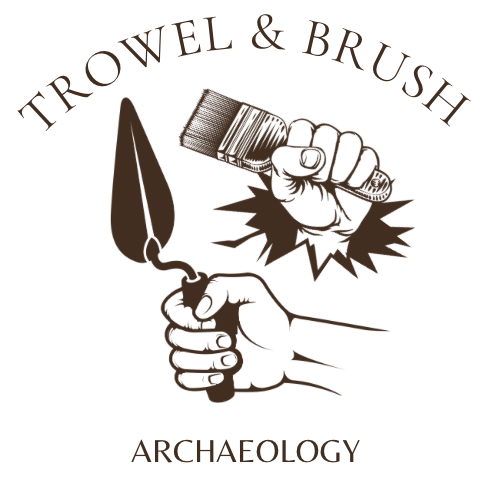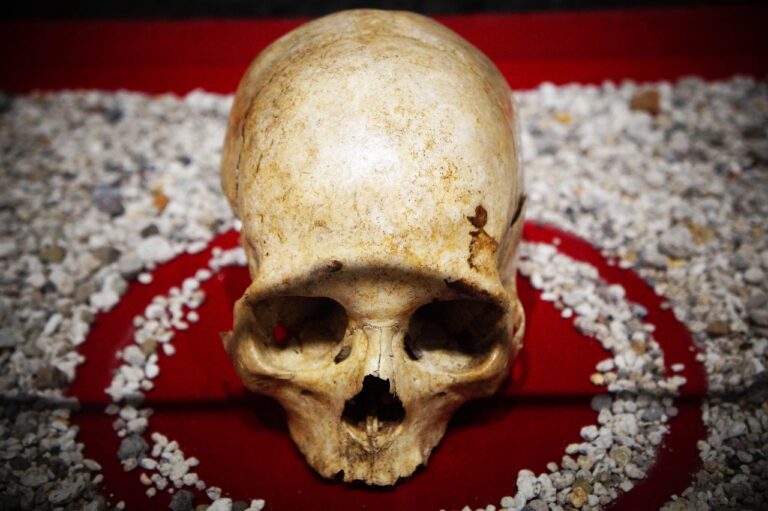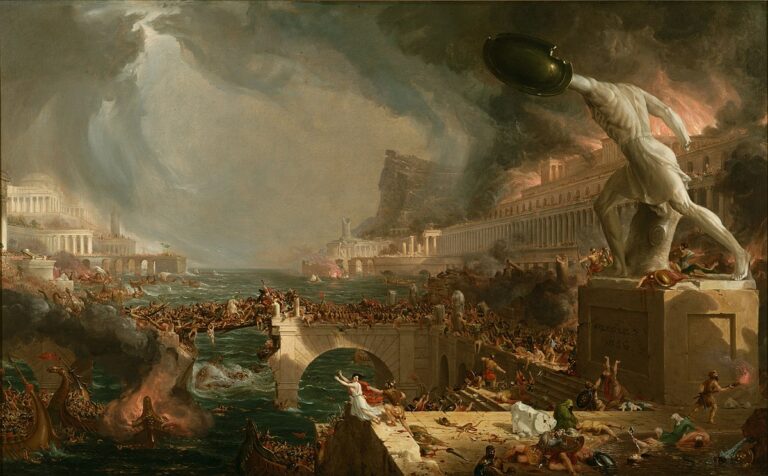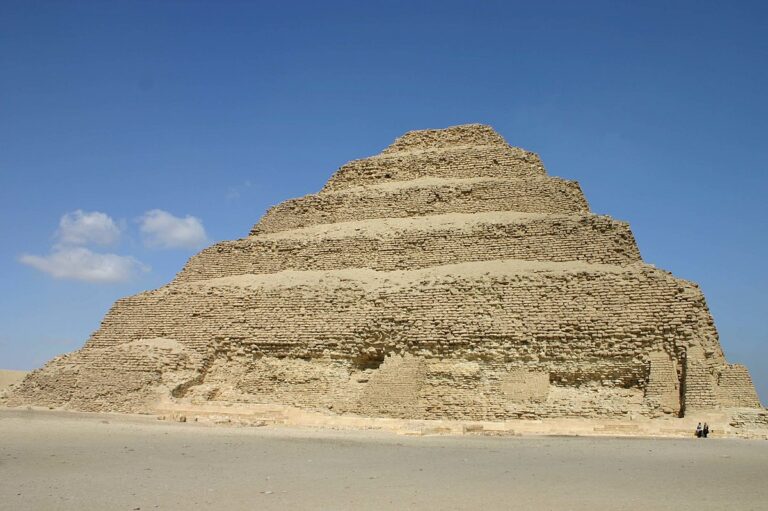The Intricate Dance of Archaeology and History
There’s a beautiful, intertwining dance that occurs between the disciplines of archaeology and history.
Both partners move in rhythm, each contributing their unique perspective to a larger understanding of human existence.
In this journey, we’ll explore the interwoven relationship of archaeology and history, and how these two disciplines work together to craft the grand narrative of our past.
Archaeology: The Time Traveler’s Tool Kit
Let’s start with archaeology, the Indiana Jones of academic disciplines. At its core, archaeology is a subfield of anthropology concerned with the study of the human past. It seeks to reconstruct ancient societies through a careful examination of their physical remains — the artifacts, buildings, and landscapes they left behind. With every chisel on a rock, the sweep of a brush, and the sifting of sand, archaeologists meticulously piece together the puzzle of our ancestors’ lives.
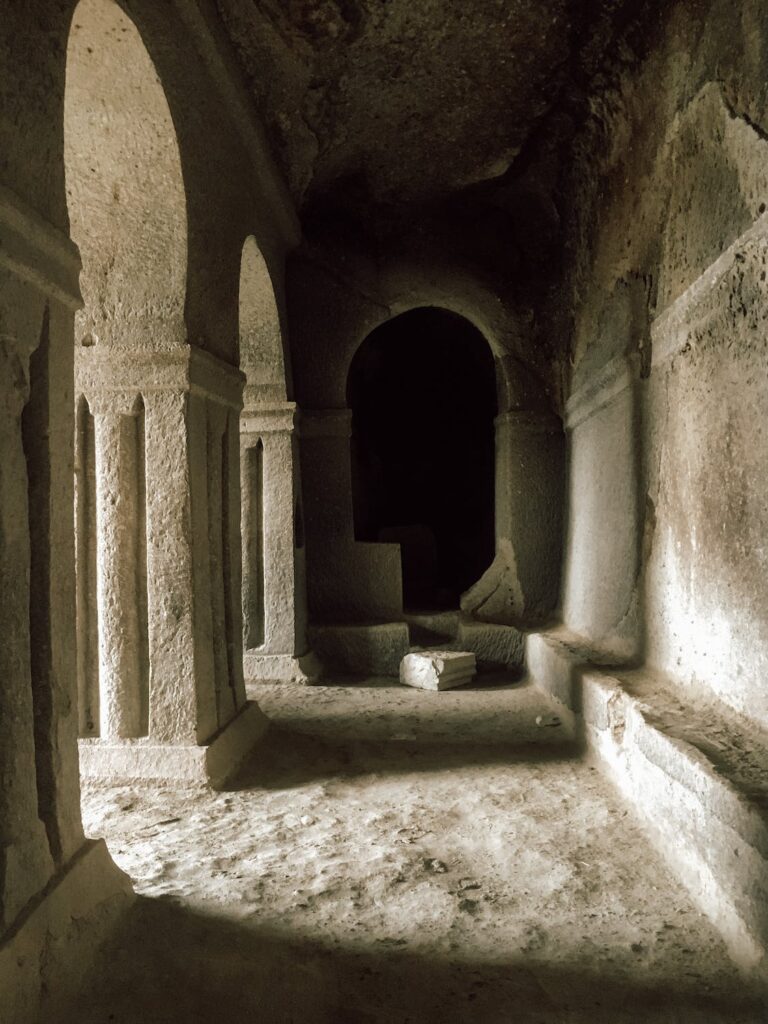
Archaeology provides a tangible, touchable connection to the past. It can reach far beyond written records, touching the prehistoric eras where the only evidence of humanity lies buried beneath the earth. Every shard of pottery, fossilized seed, or ancient tool tells a story. But the narrative is often incomplete, filled with gaps waiting to be filled. That’s where history enters the dance.
History: The Storyteller of the Ages
History is the written record of the human experience. It’s the study of events, ideas, people, and cultures that have shaped the world as we know it. History relies heavily on documents — books, letters, newspapers, legal records, and more — to paint a vivid picture of the past. Historians are akin to detectives, dissecting, and analyzing the written word to unravel the intricate tapestry of human civilization.
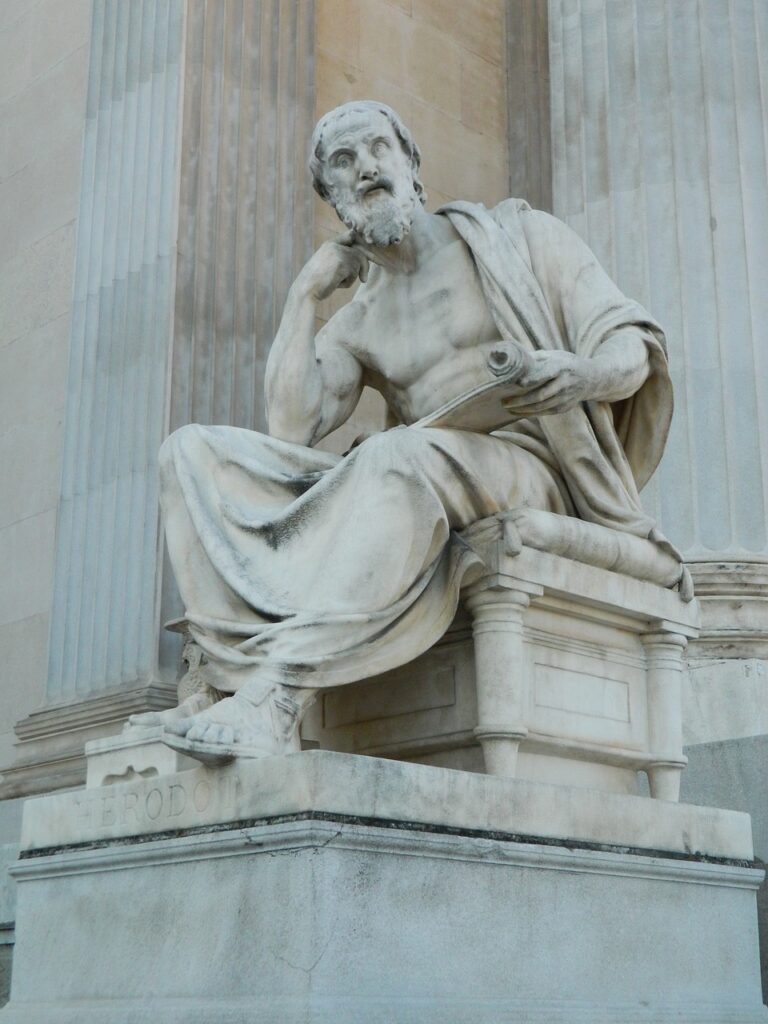
However, written records have their limitations. They often reflect the perspective of the literate and privileged few, neglecting the voices of the many. Moreover, written history only extends back to the invention of writing systems, leaving vast periods of human existence in the shadows. Herein lies the magic of the marriage between archaeology and history.
The Intersection: Completing the Puzzle
The intertwining of archaeology and history results in a richer, more nuanced view of the past. Archaeological artifacts can provide context to historical records, and vice versa. Historical texts often guide archaeologists in their search for ancient sites and help to interpret the artifacts they uncover.
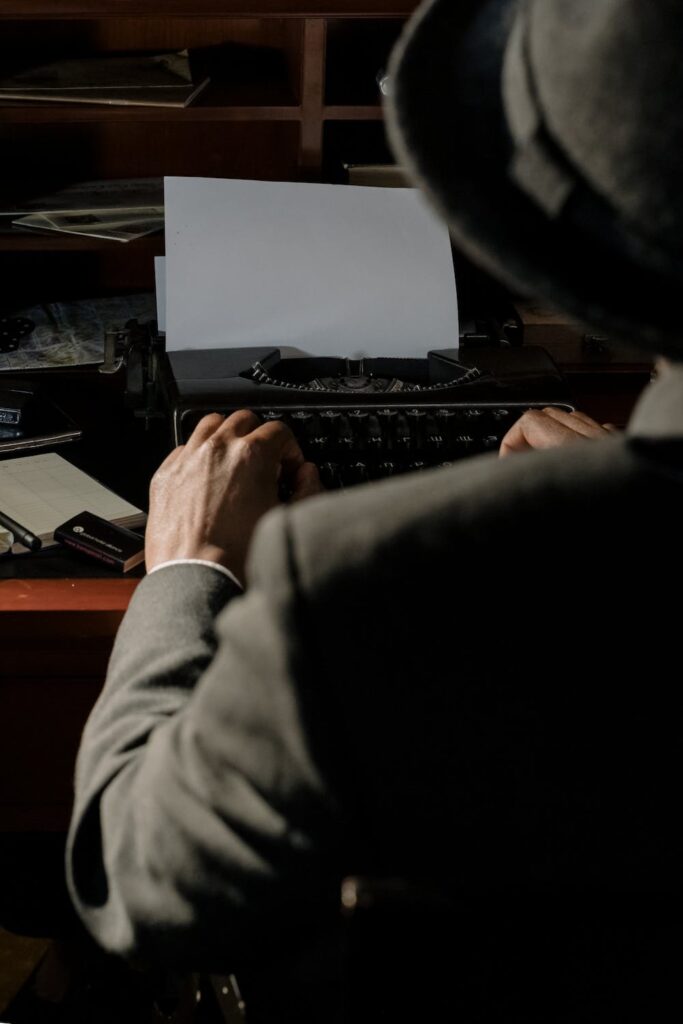
Imagine archaeology and history as two detectives investigating the same case from different angles. The archaeologist uncovers a Roman coin in Britain, indicating trade or possible Roman presence. The historian then delves into the written records, finding mentions of Roman soldiers in Britain. Together, they piece together a narrative of Roman influence on ancient Britain that neither could have created alone.
Archaeology and History in Action: The Rosetta Stone
An iconic example of archaeology and history working in harmony is the discovery and deciphering of the Rosetta Stone. Discovered by French soldiers in 1799 during Napoleon’s campaign in Egypt, this slab of granodiorite inscribed with three scripts was a monumental archaeological find.
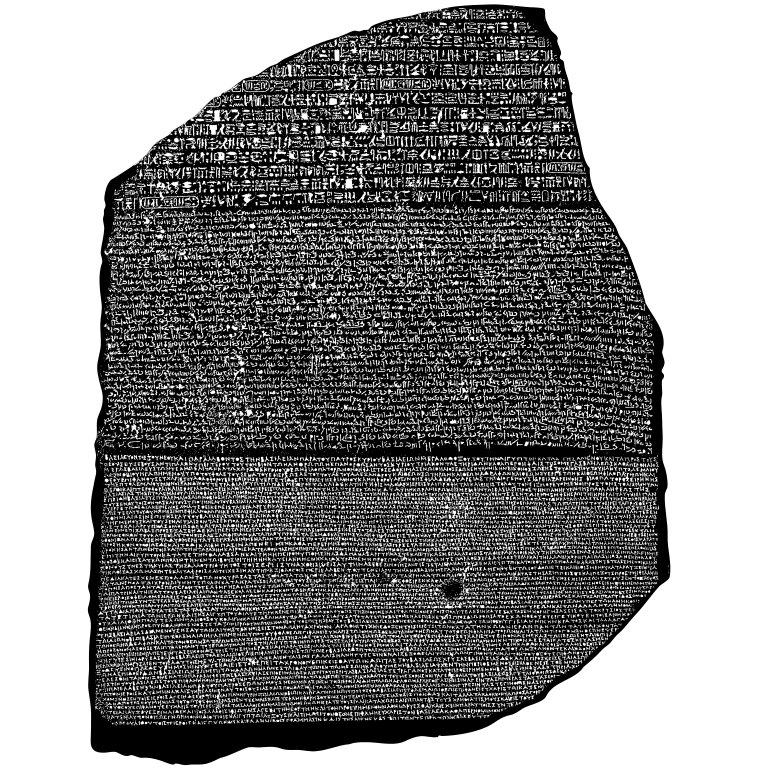
However, it was the historians who took center stage after its discovery. The inscriptions included Greek, which historians could read, and hieroglyphics and Demotic script, which at the time were indecipherable. By comparing the scripts, scholars like Jean-François Champollion eventually cracked the code of hieroglyphics in 1822, breathing life back into an ancient language that had been silent for centuries.
This is the true beauty of the dance between archaeology and history. Where one discipline shines a spotlight, the other fills in the shadows. Together, they create a comprehensive picture of our past, revealing how we’ve evolved, and potentially, where we’re headed.
A Dance That Transcends Time
The intricate dance between archaeology and history is a testament to the power of interdisciplinary research.
Together, they extend our understanding of humanity’s narrative, reminding us that every life, every culture, every era has a part in the choreography of human history.
So, the next time you read a history book or visit a museum, remember that the stories you encounter are the product of this captivating pas de deux, a dance that unearths the whispers of the past and echoes them into the present.
Check this out
“Fun Fact: Did you know that archaeology played a significant role in proving that the city of Troy, central to Homer’s epic, “The Iliad,” was not just a legend? For centuries, many believed Troy to be a mythical place. However, in the late 19th century, an amateur archaeologist named Heinrich Schliemann, guided by the geographical clues in “The Iliad”, excavated a site in modern-day Turkey, which he claimed to be the ancient city of Troy. This controversial discovery sparked the interest of professionals, leading to further excavations in the 20th century, which solidified Schliemann’s claims. Without archaeology, the world of Homer’s epic would have remained a myth in history books!”
Had fun reading this piece? Dive deeper into the realm of the past with our related article on the intriguing link between archaeology and anthropology. Simply hit the button below to continue your exploration!

